Deep Learning Explained
Rp500,000 Rp99,000
- Description
- Unit Outline
- Instructor
- Additional information
- Certificate
- Reviews (0)
Description
About this course
This course is part of the Microsoft Professional Program in Artificial Intelligence.
Machine learning uses computers to run predictive models that learn from existing data to forecast future behaviors, outcomes, and trends. Deep learning is a sub-field of machine learning, where models inspired by how our brain works are expressed mathematically, and the parameters defining the mathematical models, which can be in the order of few thousands to 100+ million, are learned automatically from the data.
Deep learning is a key enabler of AI powered technologies being developed across the globe. In this deep learning course, you will learn an intuitive approach to building complex models that help machines solve real-world problems with human-like intelligence. The intuitive approaches will be translated into working code with practical problems and hands-on experience. You will learn how to build and derive insights from these models using Python Jupyter notebooks running on your local Windows or Linux machine, or on a virtual machine running on Azure. Alternatively, you can leverage the Microsoft Azure Notebooks platform for free.
This course provides the level of detail needed to enable engineers / data scientists / technology managers to develop an intuitive understanding of the key concepts behind this game changing technology. At the same time, you will learn simple yet powerful “motifs” that can be used with lego-like flexibility to build an end-to-end deep learning model. You will learn how to use the Microsoft Cognitive Toolkit — previously known as CNTK — to harness the intelligence within massive datasets through deep learning with uncompromised scaling, speed, and accuracy.
What you’ll learn
- The components of a deep neural network and how they work together
- The basic types of deep neural networks (MLP, CNN, RNN, LSTM) and the type of data each is designed for
- A working knowledge of vocabulary, concepts, and algorithms used in deep learning
How to build:
- An end-to-end model for recognizing hand-written digit images, using a multi-class Logistic Regression and MLP (Multi-Layered Perceptron)
- A CNN (Convolution Neural Network) model for improved digit recognition
- An RNN (Recurrent Neural Network) model to forecast time-series data
- An LSTM (Long Short Term Memory) model to process sequential text data
Prerequisites
- Basic programming skills
- Working knowledge of data science
- Skills equivalent to the following courses:
- Data Science Essentials
- Introduction to Python for Data Science
Estimate Time : 24-48 hours
Module 1 Introduction
- Introduction
- What is Deep Learning
- Environment Setup
- Lab
Module 2 Multi-Class Classification using Logistic Regression
- Understanding Dataset
- Image Classification
- Building Blocks Logistic Regression with Softmax
- Loss Function
- Lab
Module 3 Multi-Layer Perception
- Towards Deep Networks
- Activation Functions-Sigmoid
- Building Blocks-Multi-Layer Perception
- Workflow Multi-Layer Perception
- Lab
Module 4 Convolution Neural Network
- Applications of CNN
- Building Blocks CNN
- Understanding Image Data
- Convolution with Images
- Padding
- Coding CNN with Cognitive Toolkit
- Pooling
- Training CNN
- Workflow CNN
- Popular Convolution Networks
- Lab
Module 5 Recurrent Neural Network and Long/Short Term Memory
- Understanding Sequences
- Forecasting using Historical Data
- Incorporating History in Recurrence
- Building Blocks Recurrence
- The issue of Vanishing Gradients
- Long Short Term Memory Block
- Coding Recurrence with Cognitive Toolkit
- Dropout
- Time Series Forecasting
- Workflow RNN with LSTM
- Lab
Module 6 Text Classification with RNN and LSTM
- Sequences Many to Many
- Understanding ATIS Datasheet
- Sequences Tagging
- Embedding
- Building Blocks – Text Classification with RNN and LSTM
- Workflow – Text Classification
- Lab

Jonathan Sanito
Senior Content Developer Microsoft
Jonathan works as a content developer and project manager for Microsoft focusing in Data and Analytics online training. He has worked with trainings for developer and IT pro audiences, from Microsoft Dynamics NAV to Windows Active Directory. Before coming to Microsoft, Jonathan worked as a consultant for a Microsoft partner, implementing Microsoft Dynamics NAV solutions.

Sayan Pathak PhD.
Principal ML Scientist and AI School Instructor, CNTK team Microsoft
Sayan is a Principal Engineer and Machine Learning Scientist in CNTK team at Microsoft. He has published and commercialized cutting edge computer vision and machine learning technology to big data problems applied to medical imaging, neuroscience, computational advertising and social network domains. Prior to joining Microsoft, he worked at Allen Institute for Brain Science. He has been a consultant to several startups and principal investigator on several US National Institutes of Health (NIH) grants. He is a faculty at the University of Washington for 15 years and is Affiliate Professor in CSE at the Indian Institute of Technology, Kharagpur, India for over 4 years. He has taught several courses (namely Image Computing Systems, Information Retrieval, Social Networks, Machine Learning) at the undergraduate and graduate level. He has served in committees of several doctoral and masters students.

Roland Fernandez
Senior Researcher and AI School Instructor, Deep Learning Technology Center Microsoft Research AI
Roland works as a researcher and AI School instructor in the Deep Learning Technology Center of Microsoft Research AI. His interests include reinforcement learning, autonomous multitask learning, symbolic representation, AI education, information visualization, and HCI. Before coming to the DLTC, Roland worked in the VIBE group of MSR doing visualization and HCI projects, most notably the SandDance project. Before MSR, Roland worked (at Microsoft and other companies) in the areas of Natural User Interfaces, Activity Based Computing, Advanced Prototyping, Programmer Tools, Operating Systems, and Databases.
Additional information
| Author / Publisher | Microsoft |
|---|---|
| Level | Beginner, Intermediate |
| Language | English |
Certificate
When you enrolled into this course you will automatically get a Certificate of Participation for completing the course. An example is provided below.
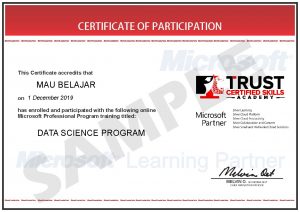
Only logged in customers who have purchased this product may leave a review.


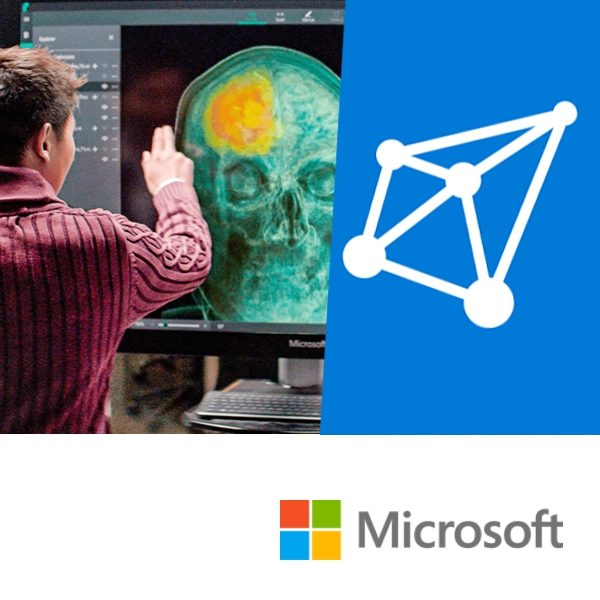
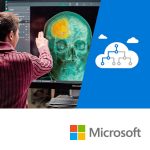

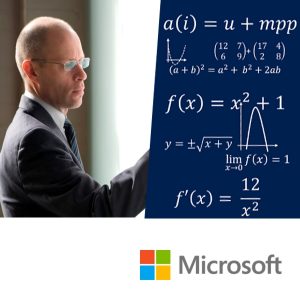
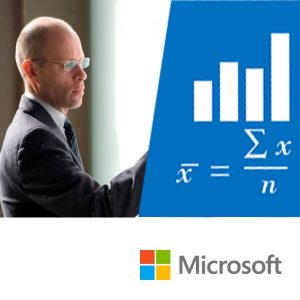




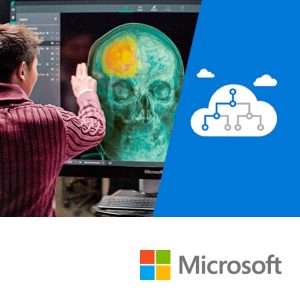
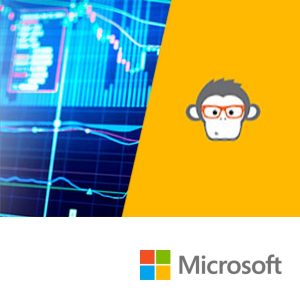



Reviews
There are no reviews yet.